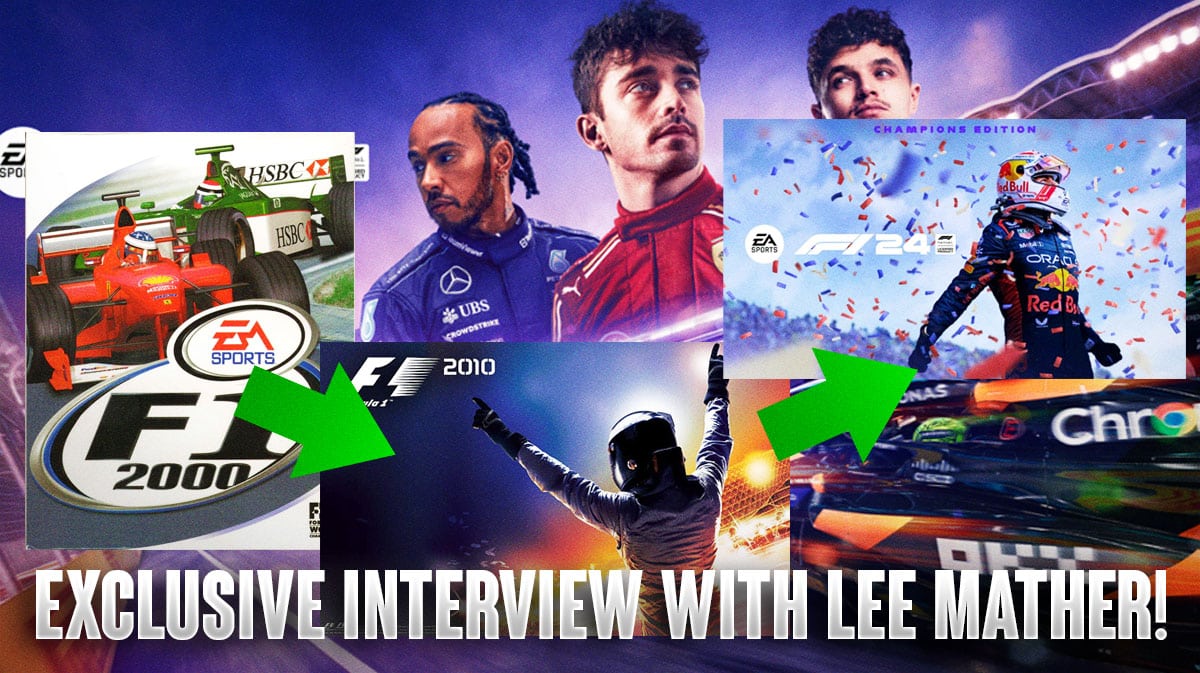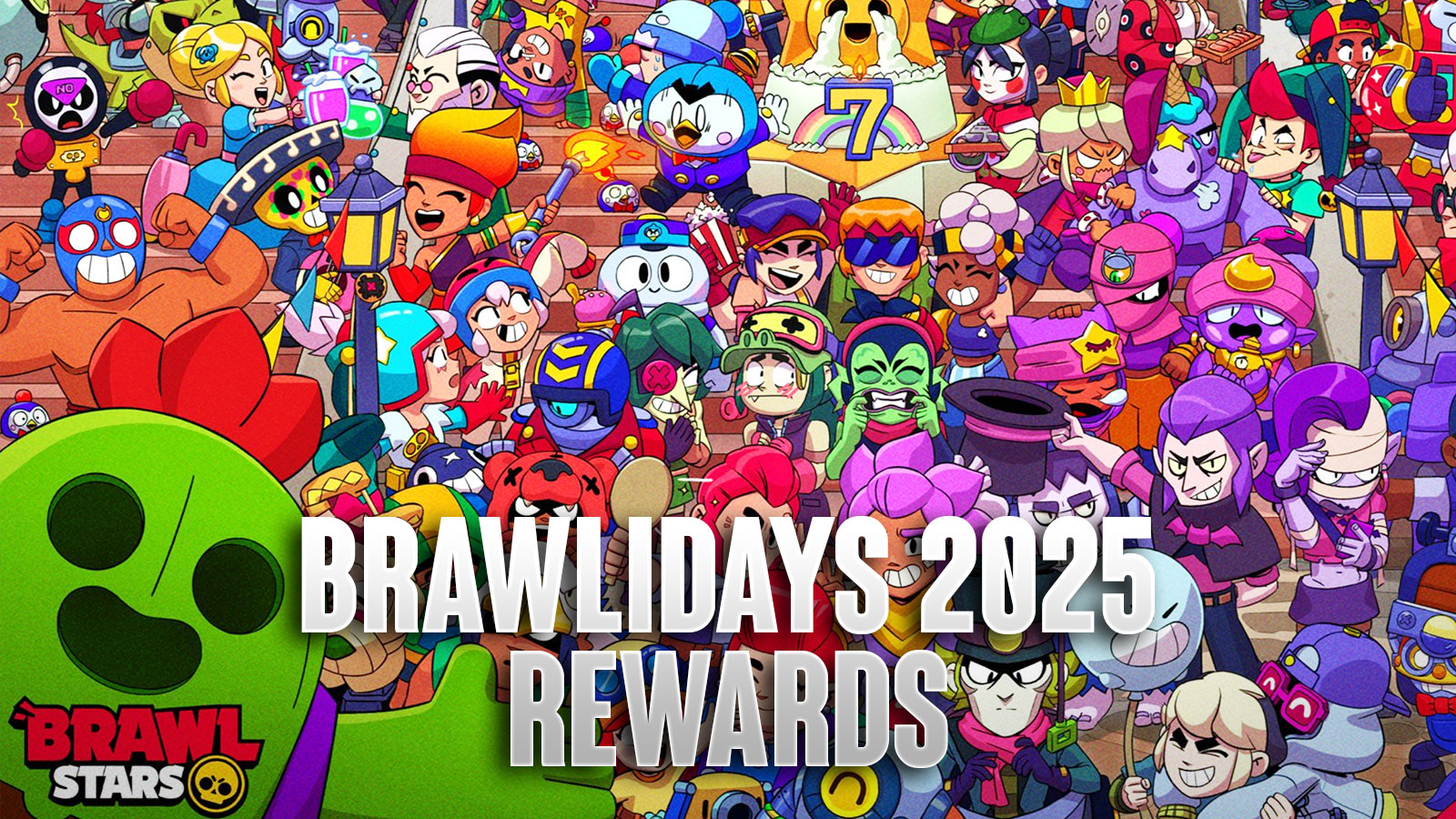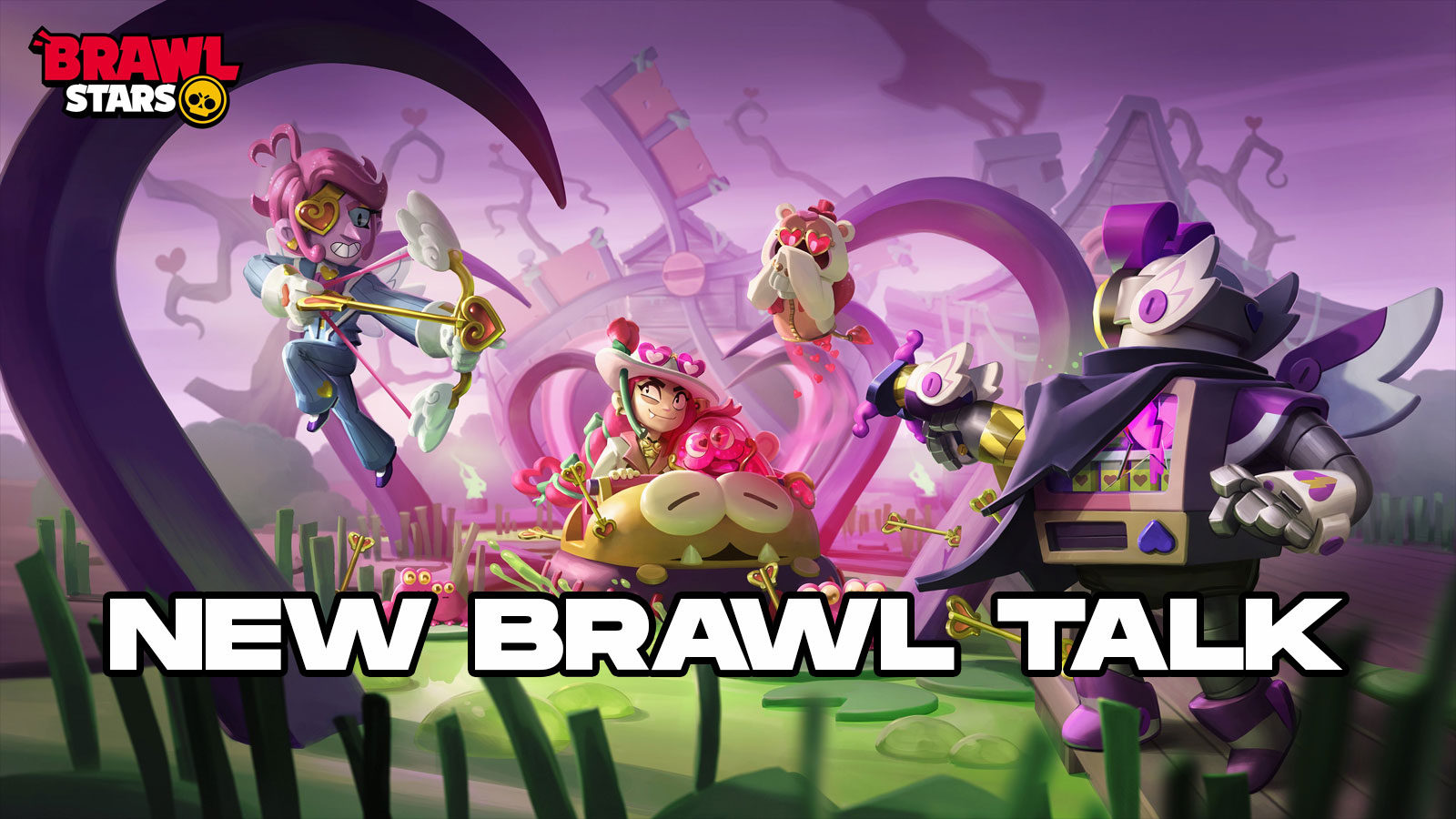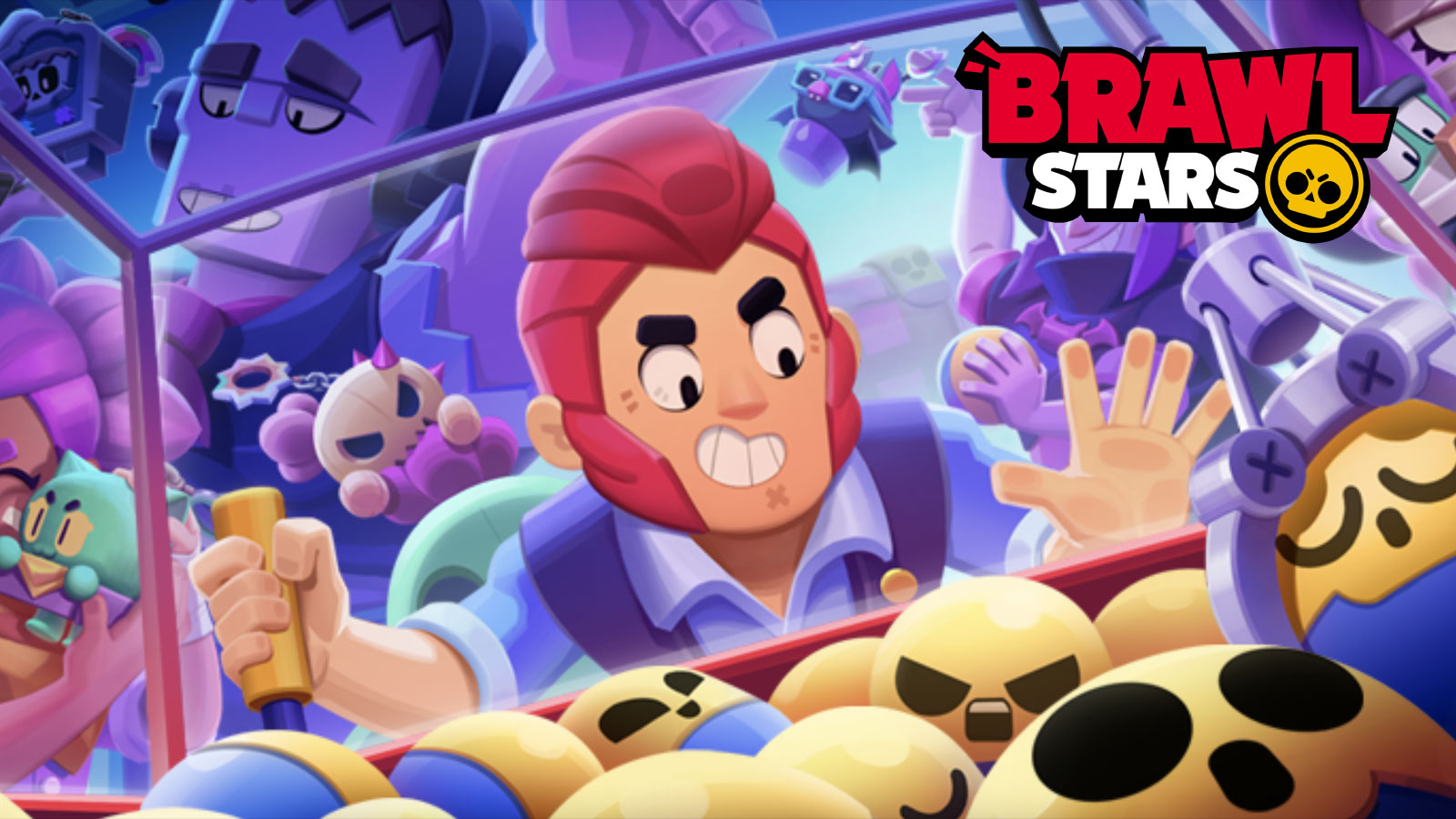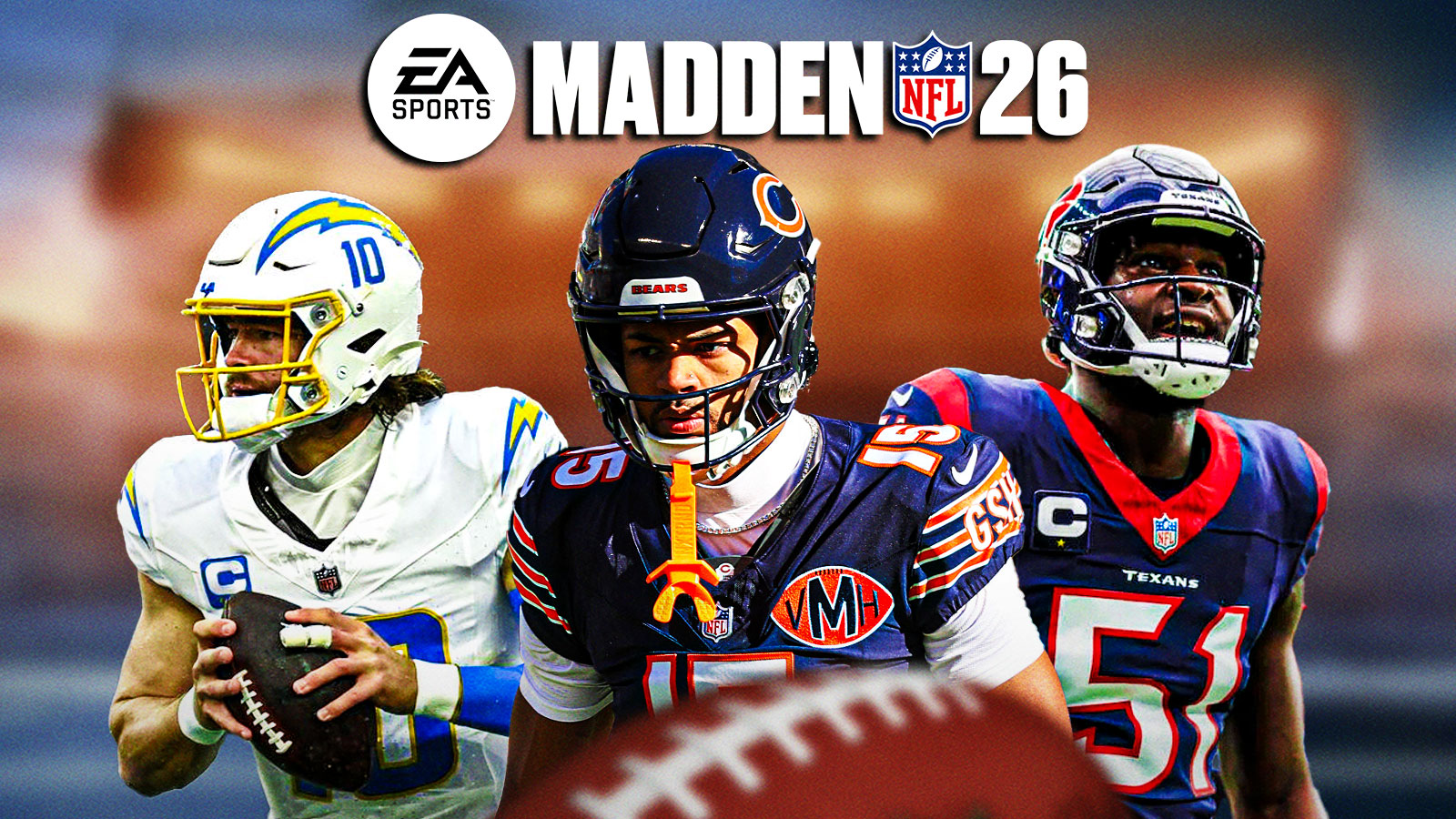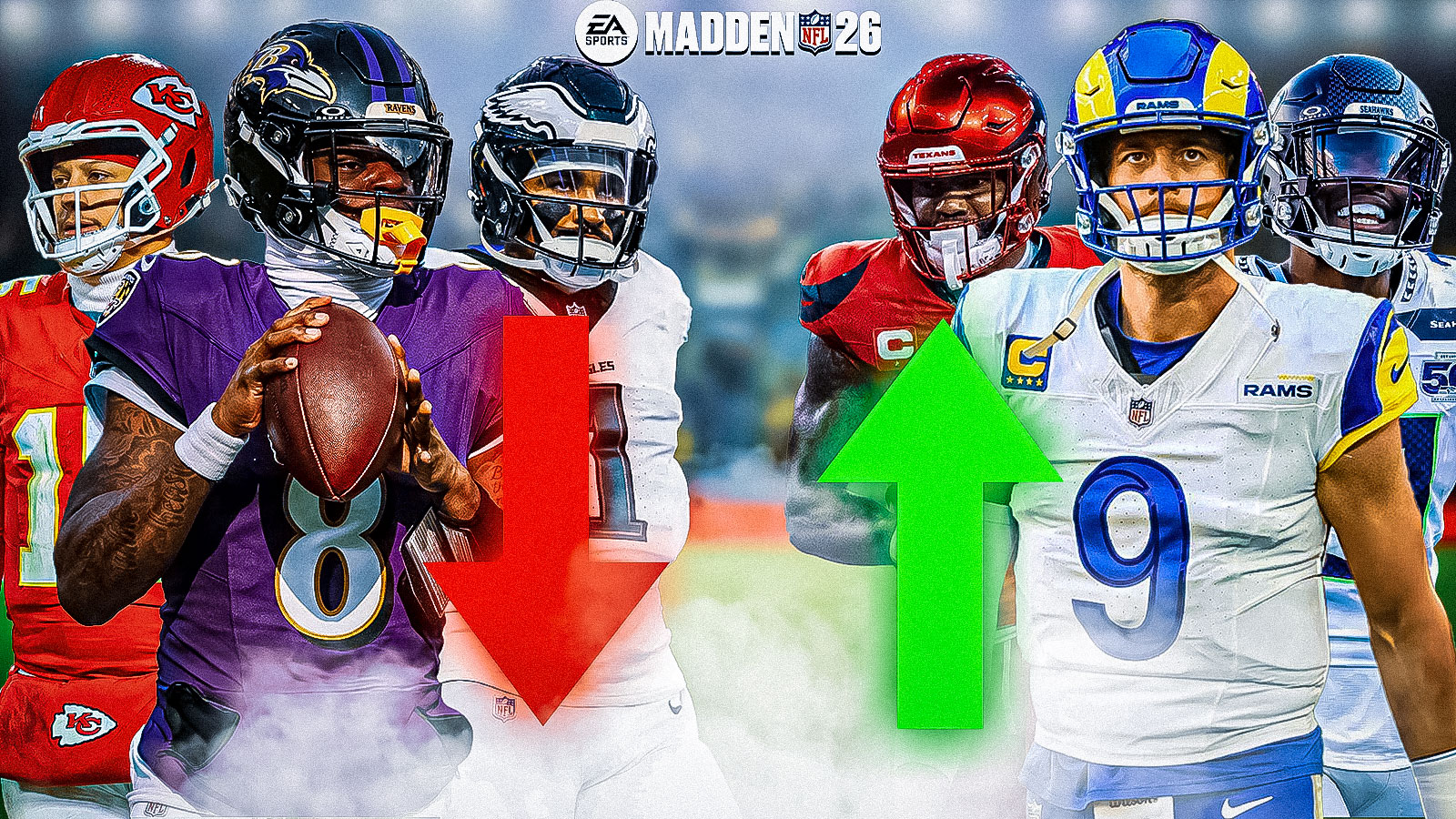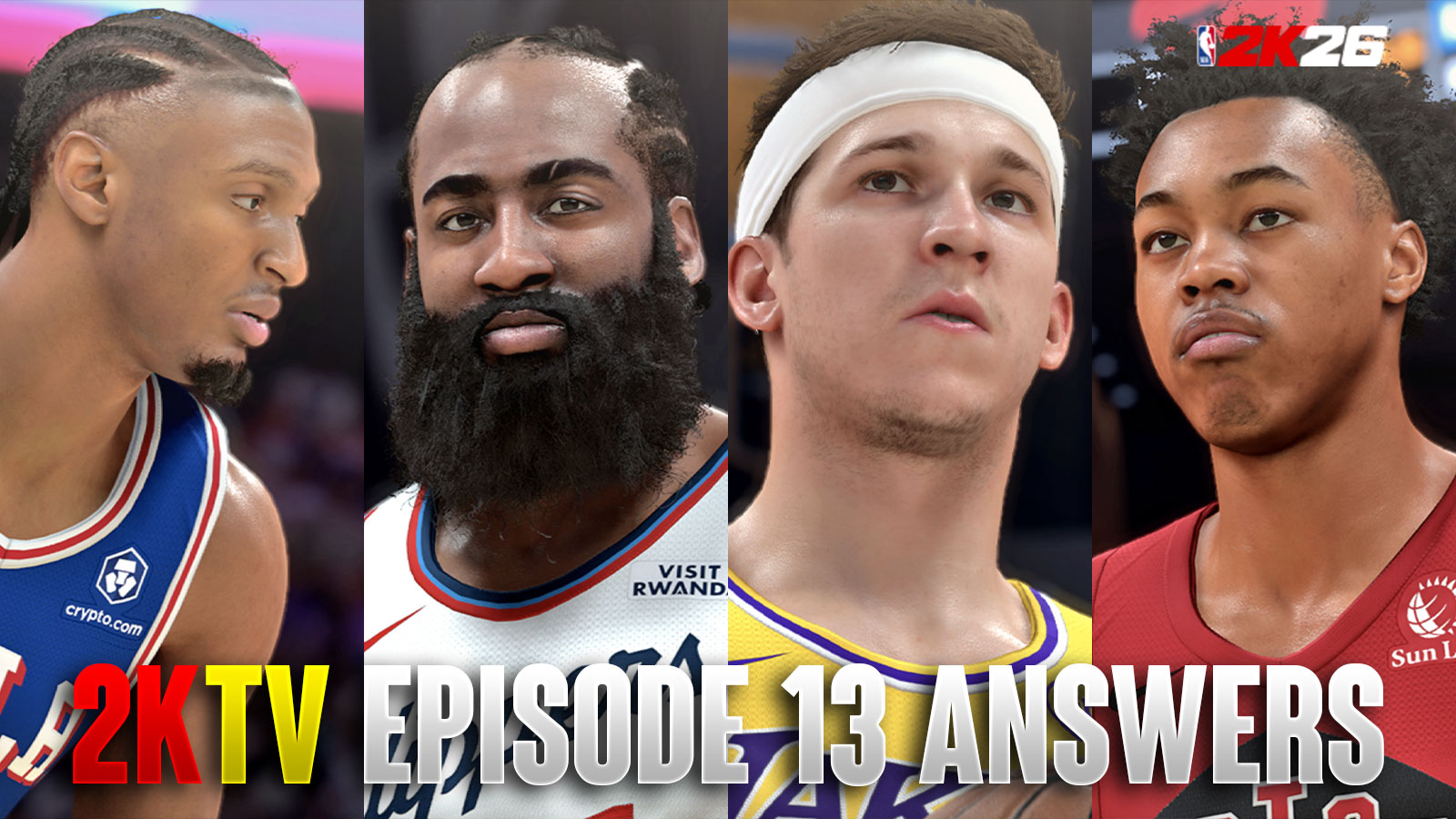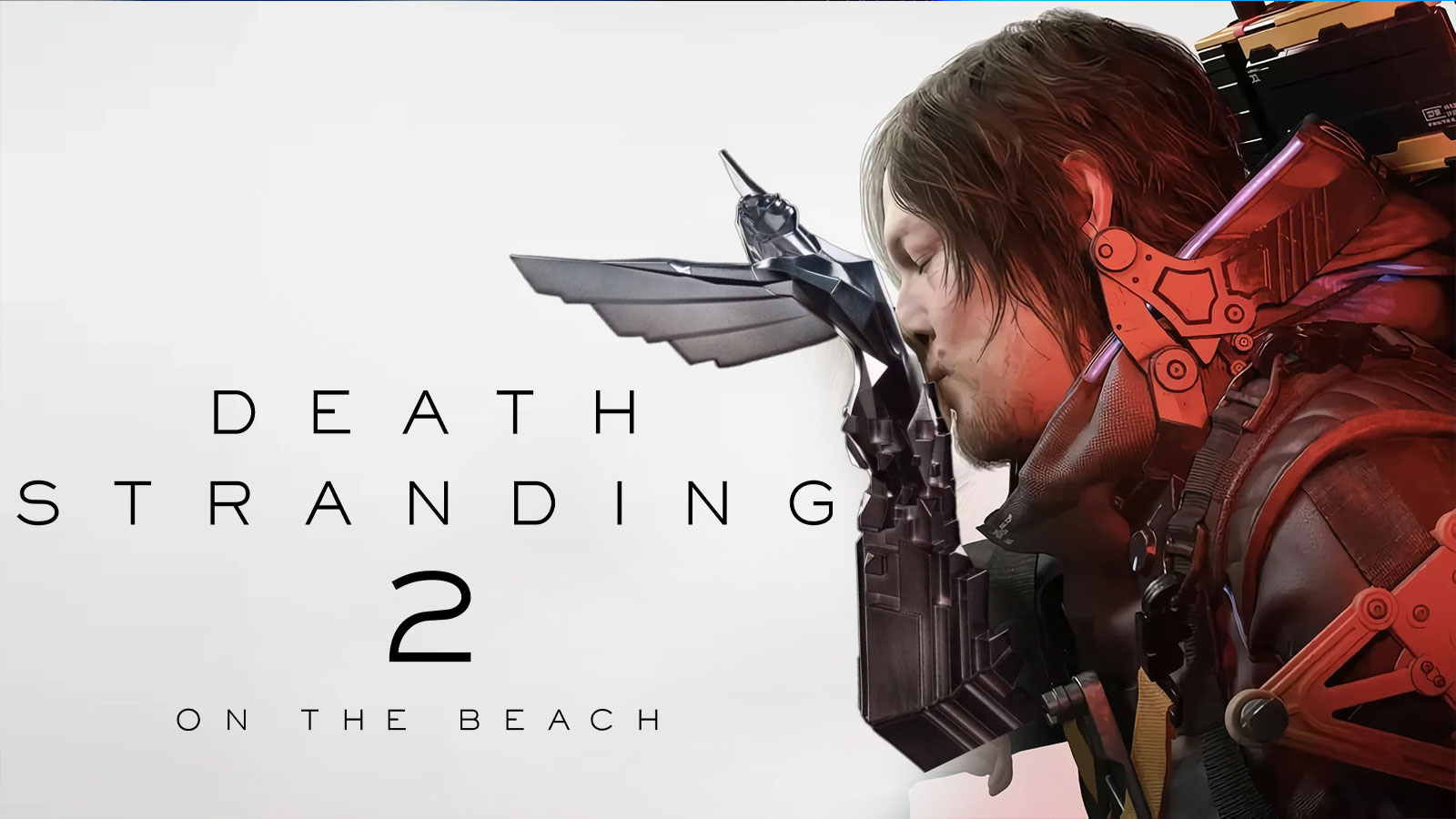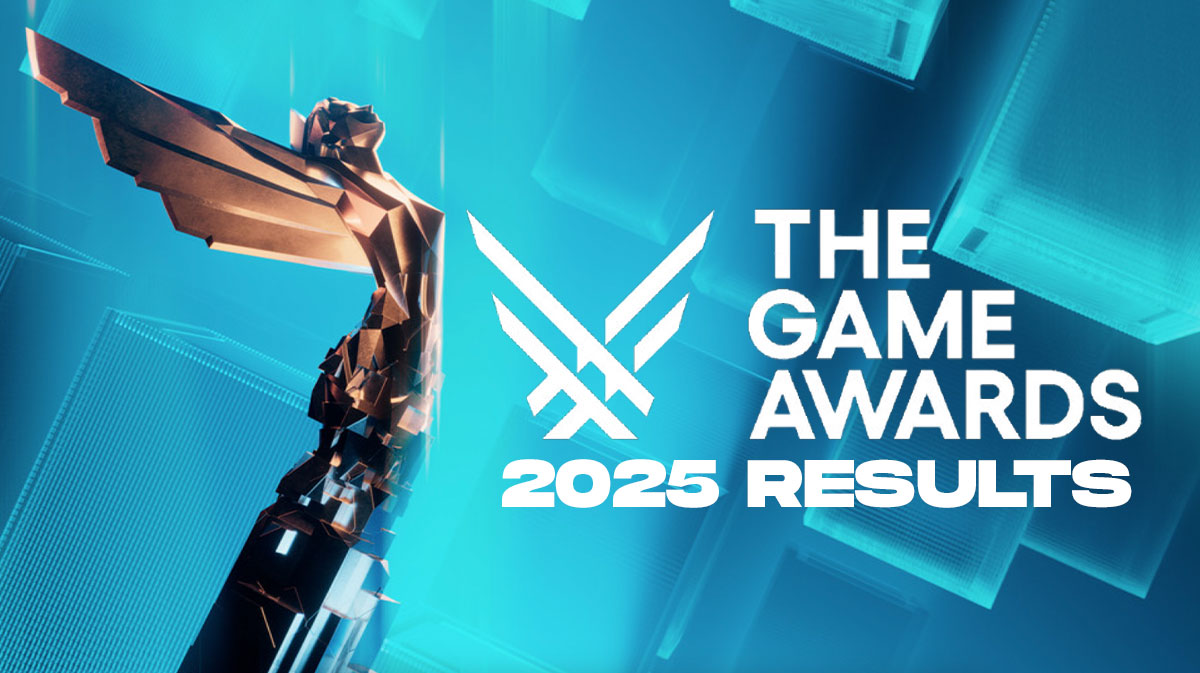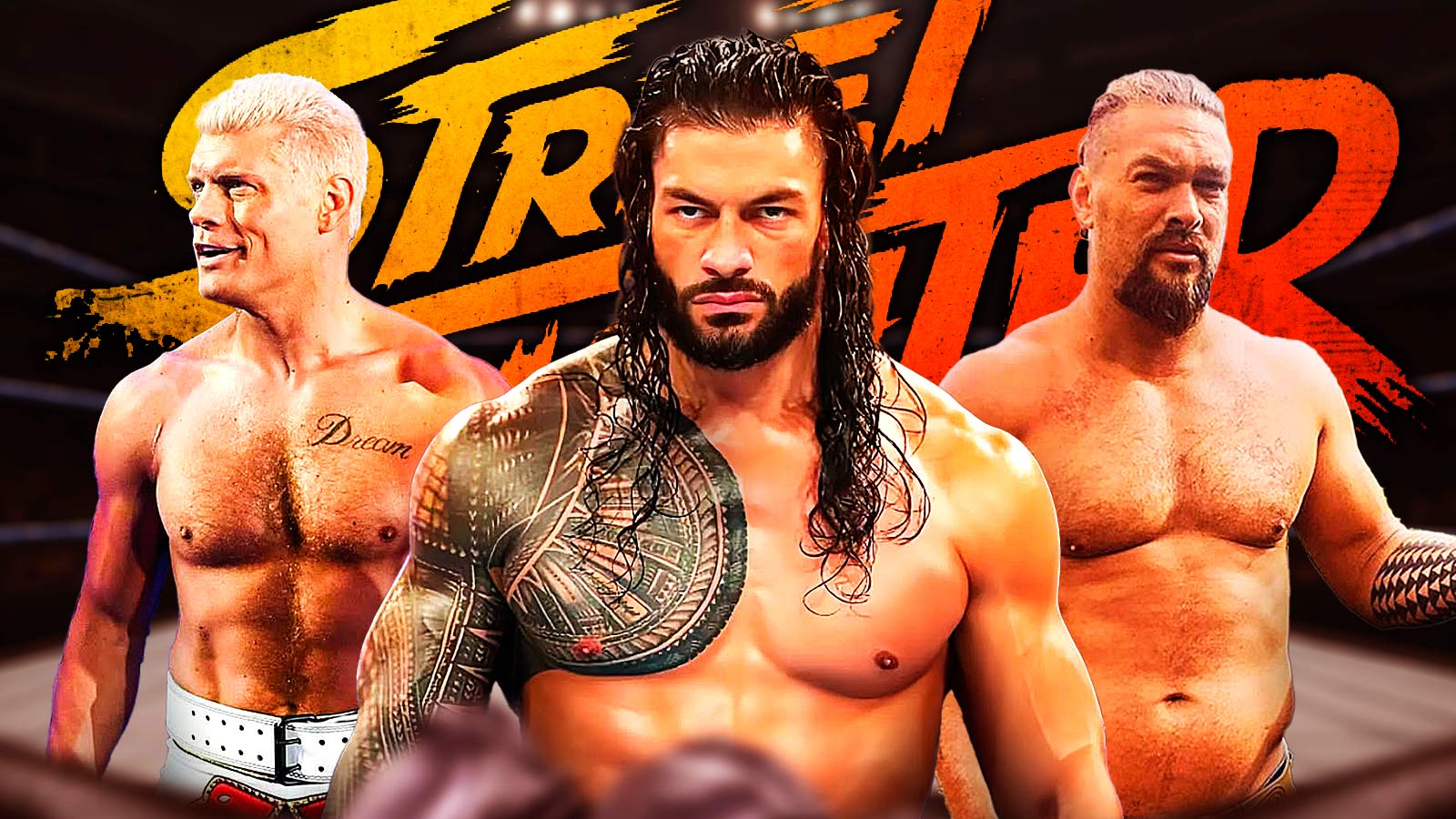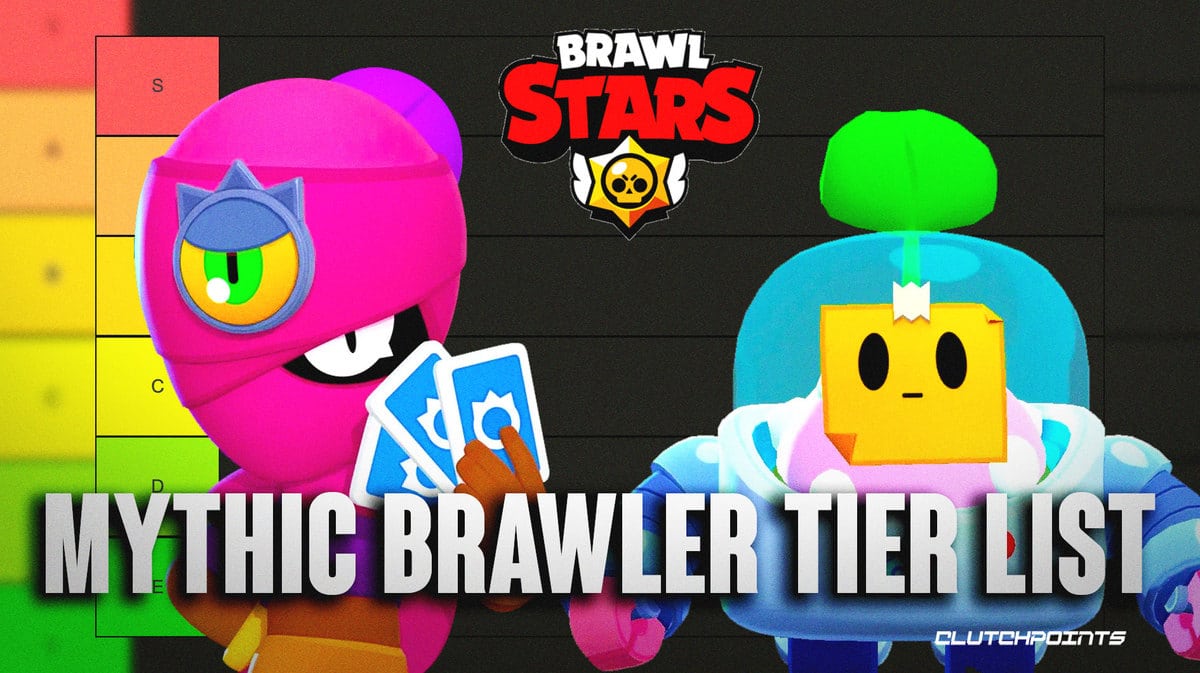With EA Sports F1 24 releasing this month, we got to speak with Codemasters' Senior Creative Director Lee Mather on the series' history. We got to speak about the series' history, development challenges, and classic F1 titles that led to where we are now. And we'd be remiss not to talk about the next chapter in Formula One gaming history, F1 24, including features like Career Mode and more. It's a great time to take a look back at the history of F1 in gaming before F1 24 launches this month.
F1 24 Senior Creative Director Lee Mather Reflects on Series' History & Development – An Interview With Lee Mather
I received an exciting opportunity to speak with Lee Mather, Senior Creative Director of the EA Sports F1 video game series. We spoke about the history and development of Formula One Video Games over the years, as well as Lee's own experience as a gamer and developer. As a greenhorn in the world of Formula One, it's great to speak to someone so experienced and passionate on the subject. Check out our interview below:
Question – How long have you been working on the [F1] series? And how does it feel to look back at all the work you've done so far?
Lee Mather: “I started on the F1 games in 2008 – on the first game that we released in 2010 [F1 2010]. I was in design at that point, and still am now obviously, but not at the same level I was back then. And I've been really lucky to be involved in every one of the F1 games that we've released since 2010.”
The history of Formula One video game titles dates back to 1976, with F-1 the arcade game (literally titled F-1). This electro-mechanical arcade game creates the illusion of racing using a clever design that features a projection system, along with lighting tricks, plastic cars, and more. This title was a success in both Japan and the U.S. It even went on to appear in films like Dawn of the Dead (1978). Overall, its success paved the way for the future of Formula One games.
Formula One Video games gained even more popularity when Pole Position (1982) released in arcades in Japan. Its success eventually led to ports on several home video game systems like the Atari 2600, Commodore 64, the Vectrex, and more. The game included a track based on a real circuit. Additionally, it featured a qualifying lap mechanic before the race even began.
Of course, several other Formula One Arcade games made their mark over the years. This includes titles like Monaco GP (1979), TX-1 (1983), Final Lap (1987), and many more. The arcade success inevitably led to the creation or porting of Formula One games for console. Some of the titles mentioned above, like Monaco GP, also released for the Sega SG-1000 later on. Nintendo eventually received their own F-1 titles, like F-1 Race (1984).
Question – What's the first F1 Game you've ever played?
Lee Mather: “That's a good question. By the time I got to the Amiga, I would have been playing things like Nigel Mansell's Grand Prix [1987] and Geoff Crammond's F1 GP [1991] – which I destroyed joystick playing, because I played it non stop, it just completely trashed the microswitches on my competition pro 5000. There were a couple of others, like Continental Circus [1987], Super Monaco GP [1989], all mainly ones on the Commodore Amiga.”
Question – Do you ever look back on those games and see ideas you could still use today?
Lee Mather: “We still talk about a lot of those things. I think the first one I remember is Pit Stop. And that was the one we actually controlled the guys who walked up and took the tires off the cars as well.
There's always elements like that which you can you can learn from. I always say that the Geoff Crammond series of F1 games hold a place in a lot of players' hearts. There's things that I think we can all learn from those and have done over the years. So we can thank Geoff for establishing that genre so effectively.”
Geoff Crammond is a programmer and who designed several racing titles between 1982-2002. He worked on numerous Formula One games, including the Formula One Grand Prix series from 1991-2002. His last title, Grand Prix 4 (also known as GP4) still receives mod support years after its release. But that's not the only racing title to receive love from the modding community.
(Continuation) – I know another big community was F1 Career Challenge 99-02. That game has a massive modding scene modding community. It's crazy to see that level of passion after all these years.
Lee Mather: “Yeah, and an interesting nugget there around the F1 Challenge Game. I played those to death, playing with the Modded GTR because obviously, that's what the mods were for it at the time before it became the official GTR games by SimBin. Our Handling Lead worked on those mods back then. So he was working on modifying an F1 title back in the early 2000s. And now he's handling lead on on the F1 series that year.”
Between the hard work of both developers and community members, it was clear Formula One had a place in the racing game market. Considering both the popularity of the league and the impressive speed of their cars, it seemed obvious why these games did well. After all, if you play a racing game, you'd want to race in some of the fastest cars possible, right? Furthermore, many of these titles had licenses to use real drivers or even tracks to create a more authentic look.
Over the years, we've seen both car brands and drivers grace the cover of several F1 titles. For example, every Codemasters Formula One Video Game released since 2015 has featured one or multiple drivers. Additionally, the developer has since offered different editions with each annual release. One version includes the Champion's Edition, donning the previous year's World Drivers' Champion.
Question – What have been the biggest factors in selecting a cover athlete?
Lee Mather: “Unfortunately, that's not one of my decisions. I'm privy to the conversations. We obviously go with the World Champion, who is always a big focus for us. Lewis held a prominent place for a number of years.
But also you'll see how our box arts changed significantly. They've changed from essentially, three cars on a box through to the period where we moved from cars to drivers to this year, which is finally an amalgamation of all of the cool things that we've done over the years.
Then we've got the champions edition with Max, and these are all things that we were unable to do in the past. These have become available to us through our relationship with Formula One – to be able to showcase the world champion, like Max, for example – and to focus on three drivers, three cars all together. So I think it's certainly evolved significantly over the years. And I think this year is the culmination of all of those core box arts that we've had over the years come together to make probably the coolest yet.”
Question – You've worked with many professional drivers, as well as the community. How important has both driver and community feedback become over the years?
Lee Mather: “From day one, when we first started, as you can imagine, we've got no concept of Formula One as a handling model as to how we would build those cars and what we could learn there.
So we instantly worked with Anthony Davidson, who at the time was still coming off the back of his time at BAR and Subaru Aguri. So he was super fresh in the world of Formula One, he'd got great insight into what we needed to do for the cars. And we've continued that relationship with Anthony as a test driver internally for Mercedes. So he's still got fantastic insight. We've obviously over the years built relationships with the drivers.
And now we've got this younger generation of drivers who are also big gamers and sim racers. So we get the opportunity to speak to the likes of Lando [Norris] and Max [Verstappen] in particular, who have great insight into the two worlds, which is something that's so rare to have players who drivers who are so skilled at virtual racing, but world champion level in real racing. So that's something that we're massively lucky to have access to.
And then of course, we also work with our community every year to get the feedback because one of the one of the bonuses of an annual release is that we get a great level of feedback each year that we can then look at bringing in future titles. This year, you'll see the rework of career mode is heavily based off some of the comments we've had. Our career mode needed some love, it needed the updates that we brought to it this year. Two of the biggest track updates in Spa [Francorchamps] and Silverstone are two of the most fan-requested features that we've ever done.”
Over the years, an F-1 video game title released for almost every major video game system you could think of. Nintendo saw an F1 title released for major platforms like Nintendo 64 and Game Boy. Meanwhile, Sega saw F1 video games launch for the Genesis, Saturn, Dreamcast, and more. In a way, I like to consider it a Wild West era of F1 video games. We've never since seen so many developers and so many F-1 games released across a wide variety of systems.
But starting in the 2000s, a new era of F1 Video games began. It was around this time that rapidly growing sports video game tycoon EA Sports wanted in on the action. They published F1 2000 in March of 2000. The game received favorable reviews and spawned enough success for EA Sports to continue the series.
However, between 2003-2006, Sony gained acquired an exclusive license to make Formula One games. During this brief era, you could only find the latest licensed Formula One video games on PlayStation systems. This included games like Formula One 2003 (PS2), F1 Grand Prix (PSP), and Formula One Championship Edition (PS3).
After Sony released Formula One Championship Edition in 2006, we had to wait almost two years for the next title. During that time, British video game developer/publisher Codemasters acquired the license to create F1 games. They published their first entry in the series, F1 2009. They then went on to both develop and publish F1 games starting with F1 2010.
Question – What's the biggest challenge when making a new F1 game? Is it creating and updating modes? Innovating with different ideas?
Lee Mather: “It varies from year to year, to be honest. I mean, we have a pretty good long-term plan in place as to what we want to do. But obviously, we do like to take on that feedback as well. So we need to be a little bit versatile to react to changes in what people's opinions are of the game and what's happening in the world of Formula One.
But it's really just ensuring that we've got a long-term plan that's cohesive, works over a number of years, we can commit to doing specific things, and then follow them through and continue to support them in future years. It's a massive game, it's a really huge title to maintain annually.
When you consider that we maintain the full Formula One season, we maintain Career, My Team, and those game modes. And then we continue to add to that the challenge is finding the capacity to do all of those things justice, and to make sure that we we cater to what the players are looking for as well.
Probably the biggest challenge is to ensure that we've got all of those bases covered. If you look at what we've done this year, you'll see this year the big focus was on driver career. Last year we focused on other areas, and we had braking point last year and F1 World. There's areas that we focus on, we know what we're gonna do next, and it's just ensuring that we were hit the right ones.”
Question – What, in your opinion has been the biggest change to the series over the years? – Lee Mather F1 24 Interview
Lee Mather: “There's probably a few points in time that always stand out to me since we started. [F1] 2010 is just a career-defining moment. [It was] The first multi-platform F1 game for years after Sony had it on PlayStation. [F1] 2016 was a really big one because that was the sort of reemergence of career. We redid career very differently in 2016.
But then I think the next big shift really came in [F1] 19 and [F1] 21, where we kind of split the team. We had a large development team working ahead. So that gave us the opportunity in 21 to do braking point, which was something unique and new. But of course, going back a year – 2020 is another big one, because we did My Team.
So I think [F1] 10, 16, 2021, and then this year, with the new driver career. Those are defining moments, I think.”
At the time of acquiring the license to create F1 games, Codemasters already had over two decades of experience under their belts. In its decorated history, the company already developed hit racing titles like the Colin McRae Rally series. Furthermore, they had experience publishing several other titles, including a plethora of racing and sports video games.
For 10 years, Codemasters went on to both develop and publish fully licensed Formula One video games. In 2021, Electronic Arts purchased Codemasters for $1.2 Billion, and have since returned to the Formula One scene. This transition allows Codemasters to focus on development, where EA Sports can supply resources and tools to create new experiences.
Question – How did the transition feel when EA Acquired Codemasters? – F1 24 Lee Mather Interview
Lee Mather: “It's been really cool. We moved over to being part of EA in 2021. When EA acquired Codemasters, the initial response [from EA] was like – We will give you access to all of the great resources and the great tools that we have internally. Pick and choose what you need, and what can help you create a better F1 game.
And you'll see this year straight off the character models look incredible this year. And that's due to the fact that EA's got such amazing tech for capturing characters because they play a big part in all of their sports titles. We were able to use that equipment to get really high-quality scans of the drivers and the team principals. So it's been brilliant from the start.
And we've gained, in all departments, a selection of great tools that we can use, and also teams who can help with significant tasks on the game. Things like the localization, we have an entire team that do that with us now we have better access to better facilities to get the audio captured more effectively. So when we get the likes of Anthony Davidson, David Croft, Naomi Schiff, and Alex Jacques in the booth this year, you know we've got really good equipment to be able to capture at the right level.
I mean, we even use the real headsets that they use as well so that they sound as authentic as they do in the broadcast. So [EA]'s really just given us the opportunity to continue what we're doing and keep the vision very similar, but to grow the vision significantly.”
In recent years, Codemasters has been able to explore different modes and ideas to help improve the user experience. One way of doing so has been introducing a unique story mode called Braking Point, starting with F1 2021. This mode follows the tale of two young drivers, Aiden Jackson and Devon Butler. Players control the former as they complete objectives to succeed throughout the season.
F1 23 continued the story, following Jackson and Butler once again as they now race for the same team. We won't spoil the plots, but we sense things aren't over yet for the upcoming drivers. However, I was curious about the longevity of Braking Point, and if it was still part of the team's plans.
Question – Braking Point was a major feature in last year's installment. However, this year places a bigger emphasis on Career Mode. Are you shifting more to career mode and less from breaking point? – F1 24 Lee Mather Interview
Lee Mather: “Braking point was always something we said we'd commit to on a two-year cadence. It wouldn't be every year because of the sheer scale of work that's required in writing and editing the scripts, getting all the talent together, capturing, and so on.
When it comes to bringing in the new driver career this year, that was very much done, to me, at the right time. It's been a number of years since we've actually been back. And the community were calling out for updates to drive a career because it's a really popular game mode.
We also felt it aligned really nicely with some of the things that we're seeing in the sort of the world of sports as well, which is the fandom around the drivers or in other sports, you know, the celebrities around the sport. When we started out, the drivers didn't have the exposure they have today. They've now got really prominent social media channels. Some of them have their own YouTube channels. Formula One's now got great channels as well.
There's so many different ways that people are coming into the series, that we thought this was a great opportunity to completely reimagine Driver Career with the opportunity to actually drive as one of those drivers and drivers, and drive as one of your heroes. It was something which we planned two to three years ago that this was going to be the year that that driver career was updated.”
Obviously, we're fairly certain we'll see Braking Point return again. But for now, the developers really want to use this opportunity to focus on Career Mode.
F1 24's Career Mode brings a massive change to the series, finally allowing you to play as real drivers. This means you can play as young drivers like Yuki Tsunoda or icons like Michael Schumacher. However, players can still create their custom driver. Between this and several other new features, it's clear that Career Mode was a big focus for this year's installment.
But that's not the only new thing to expect when F1 24 arrives. – F1 24 Lee Mather Interview
Question – Another exciting thing about Career Mode this year is that we'll be seeing updated tracks and circuits. What's that process been like over the years?
Lee Mather: “Yeah, it depends very much on what's happening with the circuits in any given year. So if there's a new circuit coming, that takes a huge resource. Last year, Las Vegas took a lot of resources to get it into the game. This year, we've redone both Silverstone and Spa.
The first point to call there is to ensure that we've got the most accurate data to build them from. So the track team gets really accurate data there. We also get fantastic photography. We have a photographer who goes out and takes imagery at the tracks as well as at the races. And we also use any other resources that are available to us.
We have a number of other sources where we can get data on the elevation and things like that as well. So, we use all of the data to build the circuit and then also the region around it as well, because that's equally as important for us – is that when we do those establishing camera shots, as you see in real life, you see the region around the circuit.
And, of course, we have to make a call on whether a track's likely to be out of contract next year. Is it one that we put a lot of effort into? Or do we pick a track that we know is 100% guaranteed to be in the following year? There's a lot of consideration that goes into it because it's it's a huge undertaking to do the circuits.”
Question – Is there any specific F1 title that to this day still holds a special place in your heart? – F1 24 Lee Mather Interview
Lee Mather: “They've all got moments. I mean, winning a BAFTA for the first one [F1 2010] was pretty spectacular. But the one that got me the most was [F1] 2016.
I was out in Germany at Gamescom. I had been presenting for three days straight, the review embargo lifted on the last day, and I was still presenting, and I got PR people at the window, flashing up the scores that we've got. And it was really emotional. At the end of three days of Gamescom, you're tired, you're emotional, and to have people coming in and giving you hugs and telling you what review scores you've got holds a pretty special place in my heart.
That [F1 2016] was the first one that I led the design for. That's a big one for me personally, but the series has had a lot of high points.”
Indeed it has. All of Codemasters' F1 video games sought to accomplish something big. Whether it was My Team in F1 2020, or Braking Point in F1 21 or 23, the developers always look for new ways to innovate. They set realistic goals of what they'd like to accomplish while also accounting for community feedback and immediate needs. Furthermore, they do all this, while also working against the clock to release a new title every year.
Question – One last question just for fun. There's been a lot of professional drivers you can play as over the years. Who's been your favorite driver to play as… and why is it Daniel Ricciardo? – F1 24 Lee Mather Interview
Lee Mather: – Haha, Daniel's great, but I can't go with him. It's Lewis [Hamilton] for me. It's been Lewis for me since I saw him in 2006 at Silverstone in an F2 car, just producing magic, just coming through the field like they were going backwards. And I think at that point, it was like – well, yeah, he's, he's going to go on to be quite successful. And I remember filming with him in 2010 in Spa, and I've been hooked ever since. I think Lewis has always been a big, big focus for me.
The right answer was technically Ricciardo, but we'll let it slip this time. With F1 24 releasing this month, we understand Mr. Mather has a busy month ahead of him. Regardless, it was an incredible opportunity to talk about the development of F1 titles over the years.
That wraps up our interview with Lee Mather on F1 24 and the history of the series. We're grateful to learn a bit about the series' history and game development process. We want to thank Mr. Mather for taking the time to speak with us. With passionate developers like him behind the wheel, we feel the future of Formula One video games is in great hands.
Additionally, we extend our thanks to everyone who helped make this interview a possibility. We look forward to seeing the history of EA Sports F1 continue when F1 24 releases this May. EA Sports F1 24 launches on May 31st, 2024. However, Champions Edition owners, can get an early three-day start and experience the new driver career and more.
For more gaming and Formula One news, visit ClutchPoints. Furthermore, subscribe to our gaming newsletter for more weekly info. – F1 24 Lee Mather Interview

